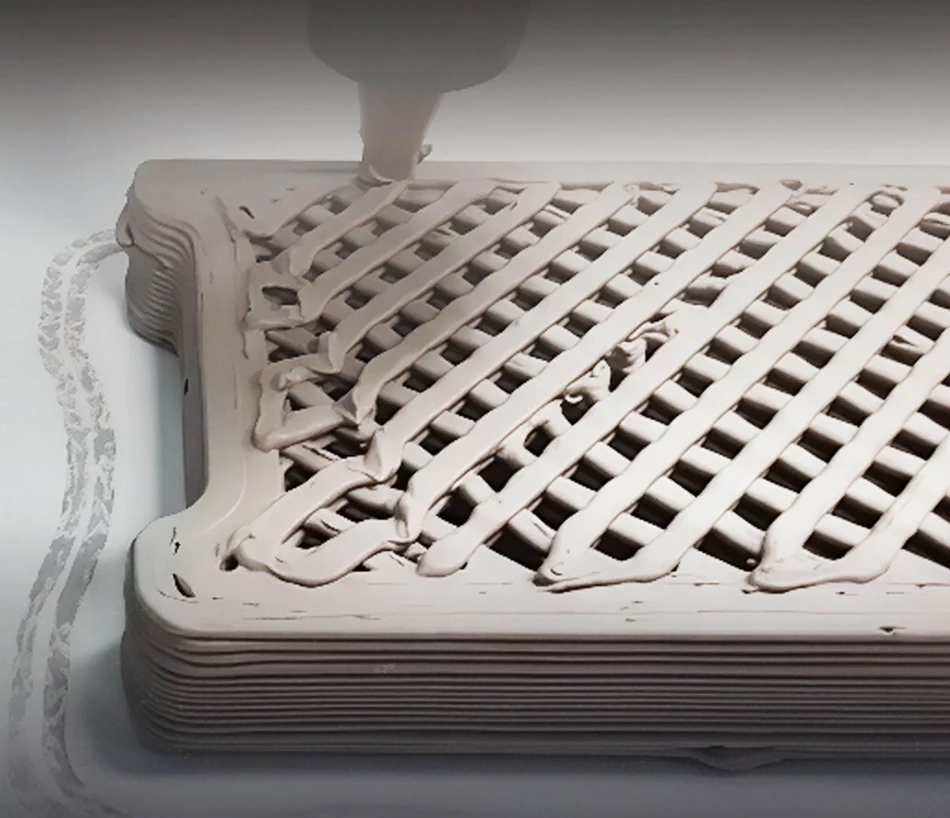
Emirati Team's Groundbreaking US Patent for Sustainable Construction Technologies
UAE University Secures US Patent for Revolutionary 3D-Printed Construction Technology
A research team from the University of the United Arab Emirates has obtained a US patent for groundbreaking 3D-printed construction components and an integrated manufacturing system, marking a significant leap forward in sustainable building technologies. This achievement positions the UAE as a formidable player in the global race to revolutionize construction through additive manufacturing.
Breaking New Ground in Construction Innovation
The patented technology encompasses both the structural elements themselves and the complete manufacturing ecosystem needed to produce them. This dual approach addresses one of the construction industry's most persistent challenges: scaling innovative building methods from laboratory concepts to real-world applications.
The timing of this patent is particularly strategic. Global construction faces mounting pressure to reduce carbon emissions, which currently account for nearly 40% of worldwide CO2 output. Traditional concrete production alone generates approximately 8% of global emissions, creating urgent demand for sustainable alternatives.
Strategic Positioning in a Competitive Landscape
Regional Leadership Ambitions
This patent reinforces the UAE's broader strategy to become the Middle East's innovation hub. The country has already demonstrated commitment to construction technology through projects like Dubai's 3D-printed office building in 2016 and ambitious goals to make 25% of new buildings 3D-printed by 2030.
The move mirrors similar initiatives in Singapore, where the government has invested heavily in construction automation, and the Netherlands, where companies like MX3D have pioneered 3D-printed infrastructure projects.
Market Implications
For investors and construction companies, this development signals several key trends. First, intellectual property in construction technology is becoming increasingly valuable as the industry digitizes. Second, integrated solutions that combine materials science with manufacturing systems offer stronger competitive moats than standalone innovations.
The patent could attract significant licensing opportunities, particularly as global construction firms seek to meet increasingly stringent environmental regulations. European markets, where carbon pricing mechanisms make sustainable construction economically compelling, represent particularly attractive targets.
Technical and Commercial Advantages
3D-printed construction components typically offer several advantages over traditional methods: reduced material waste, faster assembly times, and the ability to create complex geometries impossible with conventional techniques. The integrated manufacturing system component of this patent suggests the UAE team has addressed scalability concerns that have limited previous innovations.
This comprehensive approach distinguishes their work from earlier 3D construction printing efforts, which often focused solely on printing technology without considering the broader manufacturing ecosystem required for commercial viability.
Broader Economic Impact
The patent represents more than technological achievement—it's a strategic asset in the UAE's economic diversification efforts. As oil revenues face long-term uncertainty, intellectual property in emerging technologies provides alternative revenue streams and positions the country as a knowledge economy leader.
For the global construction industry, innovations like this could accelerate the sector's long-overdue digital transformation. Construction productivity has lagged other industries for decades, but technologies combining 3D printing, sustainable materials, and integrated manufacturing systems offer pathways to dramatic efficiency improvements.
The success of this UAE innovation will likely be measured not just in licensing revenues, but in its adoption rate across major construction markets and its contribution to reducing the industry's environmental footprint.
Most Viewed News

 Sara Khaled
Sara Khaled






